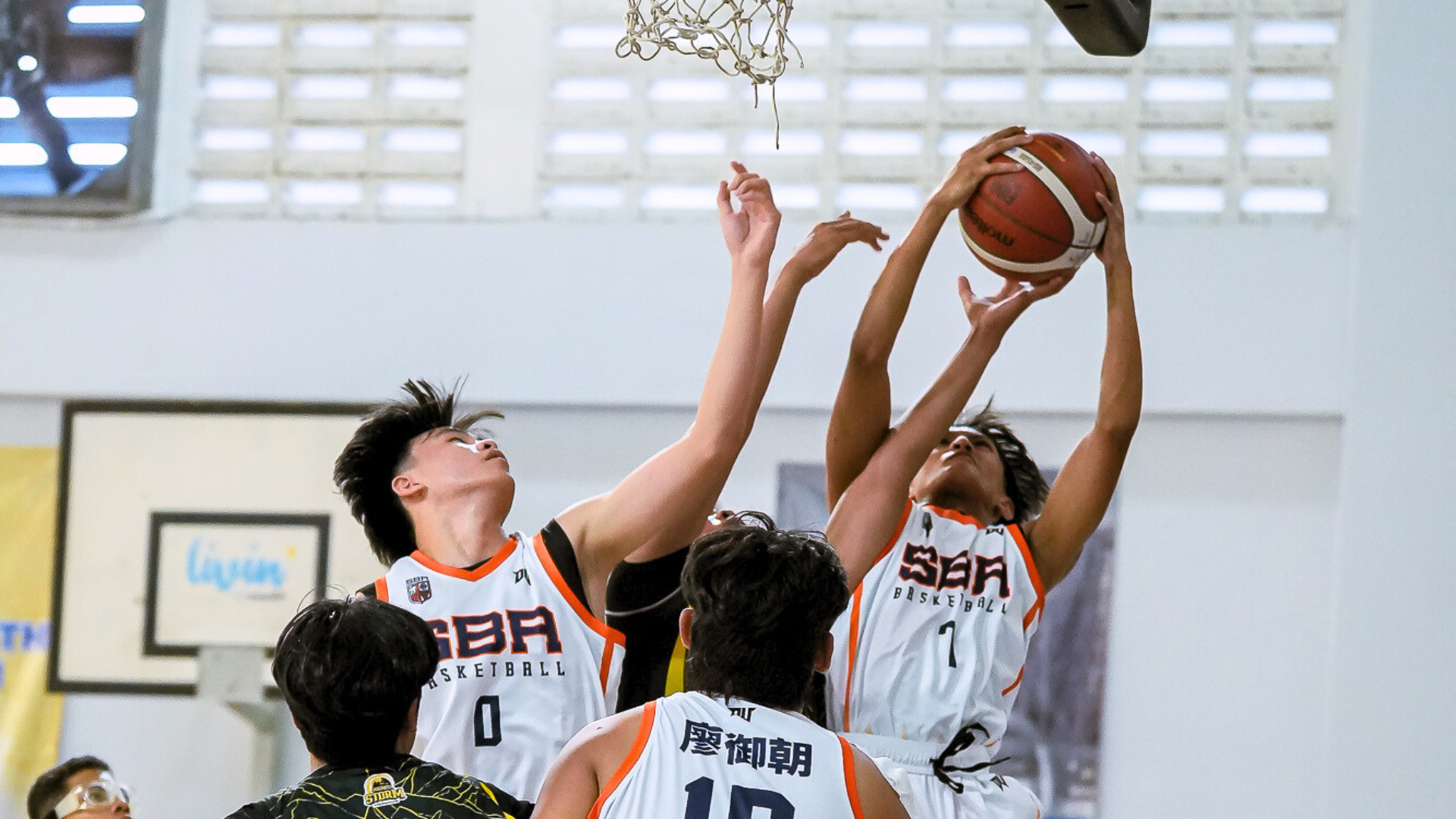Rebounding is key to game success; offensive rebounds provide extra chances, while defensive rebounds limit opponents to a single shot. Quick defensive rebounds paired with a swift outlet pass can trigger fast breaks. Great rebounders stay aggressive, with a mindset that every rebound is theirs.
Key components for effective rebounding include:
- Jump Height: The higher you can jump, the better your chances of grabbing the rebound.
- Anticipation and Positioning: Understanding ball behavior after different shots is crucial. Study how the ball bounces to position yourself effectively.
Rebounding demands willpower and physicality, often leading to friction and pushing within the rules. It’s essential to be determined, especially when competing against larger players.
Technique: 3 phases for a successful basketball rebound
Phase 1 – Anticipation
Begin by predicting the ball’s trajectory immediately after it leaves the shooter’s hand. Position yourself to box out your opponent by making initial contact and turning toward the basket, keeping your arms up to prepare for the rebound.
Phase 2 – Securing the Ball
Jump at the right moment to catch the ball at your peak height. Use both hands for better control, pulling the ball to your chest while still in the air.
Phase 3 – Landing and Transition
Land softly with bent knees to protect your joints. Spread your elbows to secure the ball without swinging too much, and prepare for your next move, whether passing or dribbling.
In conclusion, rebounding success combines strength, skill, and focus—elements every player can develop with practice and guidance. Join Scholar Basketball Academy and master the techniques to elevate your rebounding game through our dynamic training programs! Don’t miss the chance to enhance your impact on the court and contribute more to your team’s performance. Sign up for SBA programs today and start making every rebound count!

